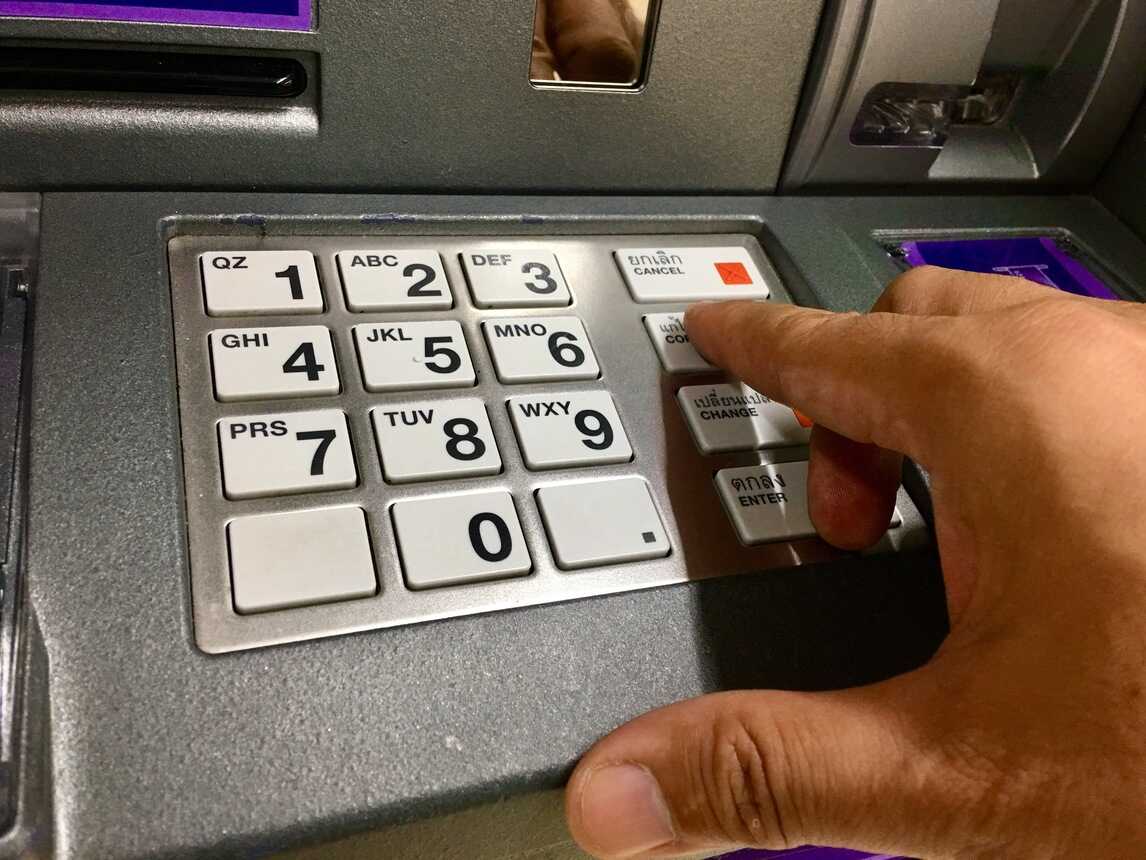Simplifying Life Insurance in India
What Is Partial Withdrawal in ULIP?

When Can You Withdraw Money from Your ULIP Account?
What Are the Limits on ULIP Partial Withdrawal?
Some of the common limitations that all insurance providers set for their customers include the following:
- Before Completion of the Lock-In Period: You are not allowed to partially withdraw money from your ULIP account before the completion of the lock-in period of 5 years. Even if you plan to surrender your policy before five years, you will receive your deposits only after the lock-in period ends. Also, the life cover will cease after surrendering your ULIP policy. Thus, you will have to stay without financial protection and be unable to receive the money.
- After Completion of the Lock-In Period: After the lock-in period is over, you can withdraw partially from your ULIP account. Some insurers allow the same free of cost. On the contrary, several insurance providers charge extra for making partial withdrawals. Policyholders can make partial withdrawals only up to three times after the lock-in period. In addition, the amount you are taking out should not exceed 25% of the fund value. However, you should ensure that after extraction of the required amount, the remaining fund value should still be three times the annual premiums. On the contrary, some policies have conditions that leftover fund value should be equal to annual premiums.
Furthermore, there are some notable effects on the sum assured on making partial withdrawals from your ULIP account.
What Are the Effects of Partial Withdrawal in ULIP?
Some of the prominent effects of partial withdrawals on your ULIP account are as follows:
- The fund value decreases considerably due to partial withdrawal from your ULIP account.
- There is also a notable reduction in the sum assured that your nominee would receive in case of your untimely demise.
- However, the amount you pull out usually gets restored within two years unless you make additional withdrawals.
- If you do not make frequent partial withdrawals, the overall negative impact on the sum assured cancels out.
Also, you should remember some crucial things when making a partial withdrawal from your ULIP account.
What Are the Things to Keep in Mind When Making Partial Withdrawals?
Below are certain crucial things that you should keep in mind when making partial withdrawals:
- Since the withdrawal reduces the live coverage amount, it would be prudent to go for this process only when required.
- Try to pay the policy premiums on time so that you do not face any objection from the insurance provider.
- Go through the rules of partial withdrawal thoroughly to ensure you understand all the rules clearly before applying.
- In the initial days, the fund value is lower. So try to take out money when a considerable time has passed, and the fund value is high enough.
- While extracting money from your account, it is essential to ensure that the remaining balance is sufficient enough for fund transactions.
Partial withdrawal in ULIP can serve as a lucrative option when in a financial emergency. You will not have to go for loans and repay additional interest. Also, you will not have to follow any complicated steps to receive the money.
FAQs on Partial Withdrawal in ULIP
Do you have to pay additional tax when partially withdrawing money from your ULIP account?
How many intervals between two consecutive withdrawals are mandatory?
Who is eligible for partial withdrawals in ULIPs?
What are the effects on the sum assured after partial withdrawal if the policyholder's age is beyond 60 years?
What are the partial withdrawal rules in case of top-ups?
Is there any restriction on the amount for partial withdrawals?
Important Articles About ULIP Plans
Disclaimer
- This is an informative article provided on 'as is' basis for awareness purpose only and not intended as a professional advice. The content of the article is derived from various open sources across the Internet. Digit Life Insurance is not promoting or recommending any aspect in the article or its correctness. Please verify the information and your requirement before taking any decisions.
- All the figures reflected in the article are for illustrative purposes. The premium for Coverage that one buys depends on various factors including customer requirements, eligibility, age, demography, insurance provider, product, coverage amount, term and other factors
- Tax Benefits, if applicable depend on the Tax Regime opted by the individual and the applicable tax provision. Please consult your Tax consultant before making any decision.
Latest News
Read More
















